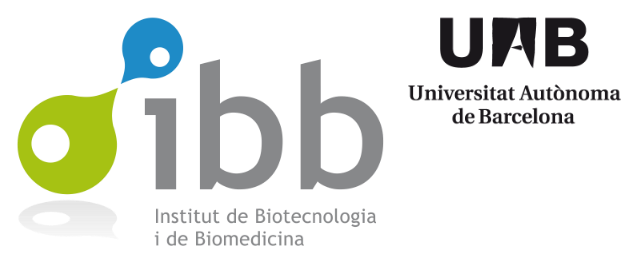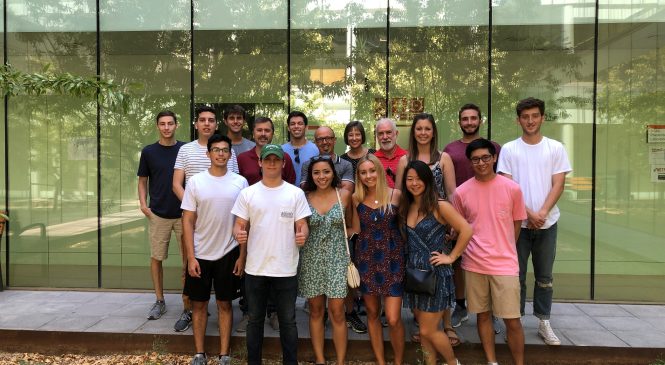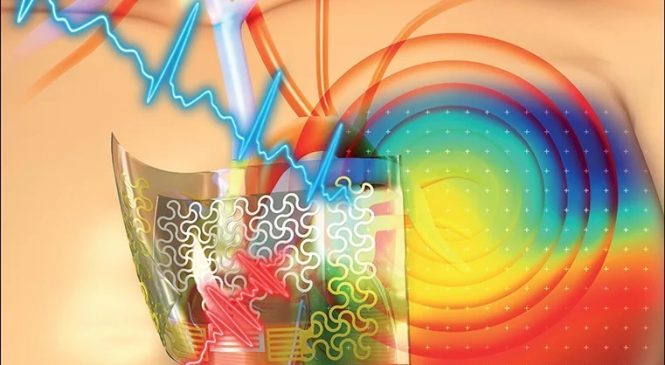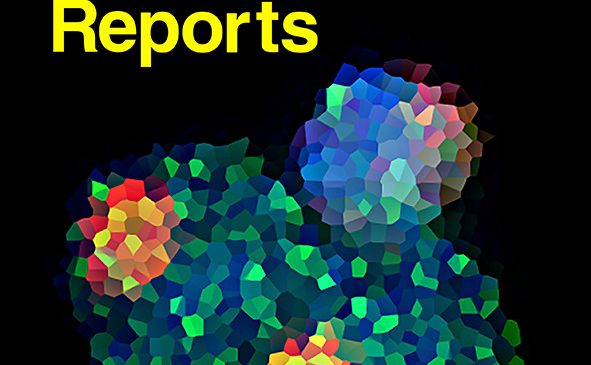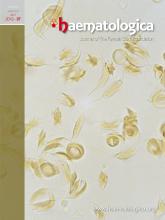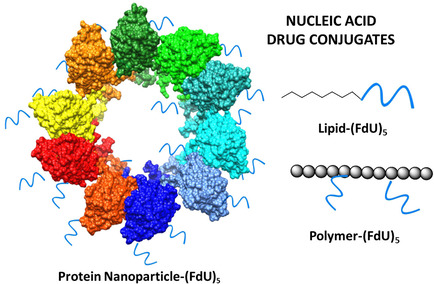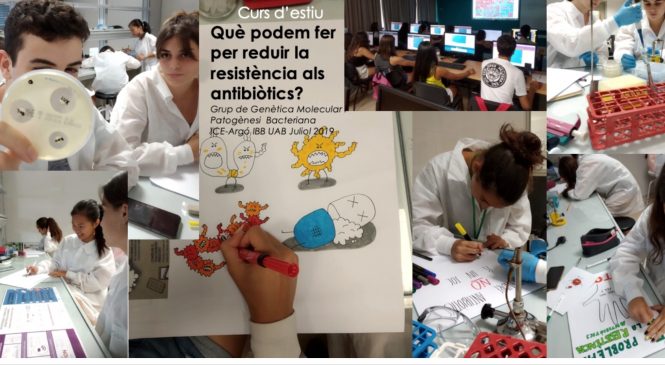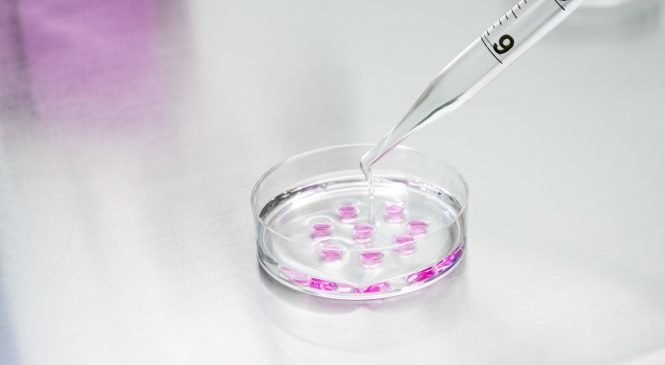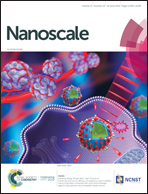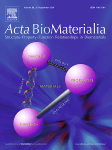
Dr. A. Villaverde: Collaborative membrane activity and receptor-dependent tumor cell targeting for precise nanoparticle delivery in CXCR4+ colorectal cancer
https://doi.org/10.1016/j.actbio.2019.09.002
Abstract
By the appropriate selection of functional peptides and proper accommodation sites, we have generated a set of multifunctional proteins that combine selectivity for CXCR4+ cell binding and relevant endosomal escape capabilities linked to the viral peptide HA2. In particular, the construct T22-GFP-HA2-H6 forms nanoparticles that upon administration in mouse models of human, CXCR4+ colorectal cancer, accumulates in primary tumor at levels significantly higher than the parental T22-GFP-H6 HA2-lacking version. The in vivo application of a CXCR4 antagonist has confirmed the prevalence of the CXCR4+tumor tissue selectivity over unspecific cell penetration, upon system
